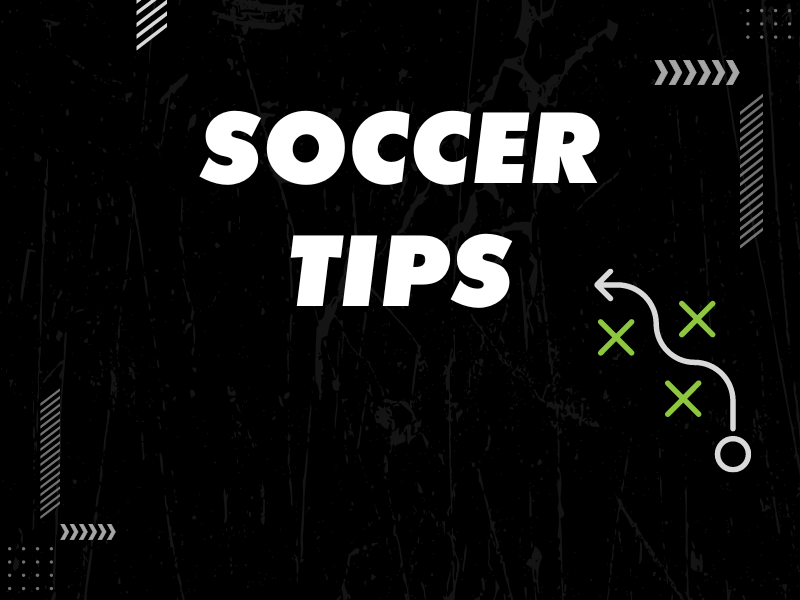Are there actual throw in drills in soccer? Some soccer coaches might say that throw-ins aren’t important and you don’t need to practice them. But really, the throw-in is a crucial and important part of the game. If done right and quickly, it can help your team catch the other team sleeping and lead to a goal scoring chance.
While you don’t have to spend too much time on the throw in during training, it’s key your players know what to do when they step up to take a throw. Plus, if you’re team is winning, you want your players to take their time and to throw the ball down field or to keep possession. It’s good to run through a few throw in drills and concepts so everyone on the team is on the same page.
- How to do a Soccer Throw In
- Rory Delap: The Long Throw
- The Long Throw In
- Soccer Throw In Fail
- Oguchi Onyewu Long Throw
- How to Do a Flip Throw In
There are a few different types of throw-ins, from the quick throw down the line to the long throw to the throw-in to keep possession of the ball. Overall, the key with the throw-in is to keep possession of the ball. So players don’t turn off when the ball goes out, instead they’re ready to catch the other team flat footed.
Field size: 30 yards by 20
Number of players: in pairs with passive defender
Age range: 10-12
Description: Run through a series of throw ins: ball back to the thrower, ball down the line, run down the line but then checking back into the middle to receive the ball – spinning into the middle and running with the ball once they receive it.
Start out with passive pressure and then do the drill in full speed. Later, put two small goals at either end and lead the game into two versus two with throw ins when the ball goes out of bounds.
Practice throw ins in the games with rules like have to throw the ball forward or have to use one of the three type of throw ins. Teams don’t realize out critical a throw in can be in a game. If used correctly, it can change a game, especially if you try a “pick” throw in.
The most common throw in is the quick throw in, which can catch a team off balance and keep the momentum going for a team on the attack. Run through an array of situations, whether it’s a quick throw, a long throw like a cross, or throw ins to a player posting up in the middle of the field. Do you have a player who can chuck the ball in like a corner? If so, use their throw in like a corner kick.
Throw ins down in the goal line on the sides can be quick ways to get in a cross. Throw the ball to the feet of a teammate and get the ball back right away and serve in a cross.
In general, late in the game, all throw ins should be thrown forward and down the line to a player who can run down the clock. The key with throw ins is to not take them lightly or casually, use them to your advantage and don’t lose possession when throwing the ball in.
And remember, the goalkeeper can pick the ball up if you throw the ball back to the keeper.
Equipment needed: Cones and practice vests.
Extra: Some teams these days are using a player who can throw the soccer ball in a long ways much like a corner kick. If the ball goes out in the attacking third, the player who can throw the ball in like a cross takes it and the team moves into position as if were a corner kick. Some in the game of soccer don’t like this, saying it takes away from the game. They say the ball should be played on the ground with the feet and a throw in shouldn’t be used like a corner kick.
Check out this play, where towards the end of a game they use the throw in like a corner and nearly score.
Liverpool Has a Throw In Coach
What makes Liverpool such a good team? Brilliant individuals? Team spirit? Great fans and a great coach? Sure! But there’s something else: Throw-ins. In mid 2018, Liverpool still hadn’t won a trophy in three years under Jürgen Klopp.
Their stats were generally impressive, but they were the third-worst team in the league at throw-ins. Then a little-known coach called Thomas Gronnemark arrived. So how did he use the most neglected set-piece in football to help Liverpool win last season’s Champions League and maybe the Premier League in 2020?















